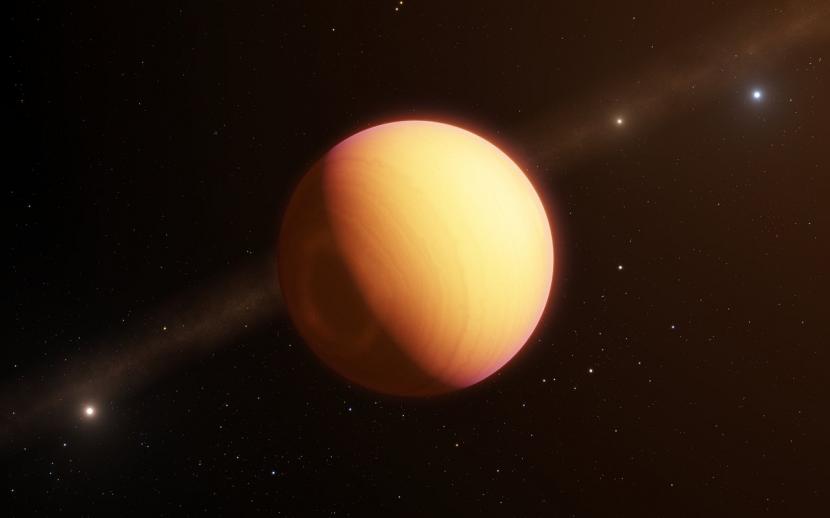Near-Earth planet TOI1231b may have denser water vapor.
REPUBLIKA.CO.ID, JAKARTA — The discovery of exoplanets used to be just a dream for scientists. But new telescope technology and more advanced observation techniques are making the task of finding planets outside the solar system easier than ever.
In fact, so many new exoplanets have been discovered recently that scientists have to choose which ones need study the most because there aren’t enough eyes to monitor them. Now, a large international team of astronomers and other scientists have revealed the discovery of an exoplanet that is so exciting that it will get a lot of attention.
The planet’s find is called TOI-1231b, and it orbits a star much colder than the Sun itself. The star, named NLTT 24399, is a red dwarf. Although TOI-1231b is closer to its star than Earth is to the Sun, the planet is actually the same temperature, and is thought to have a strong atmosphere that guarantees its future.
The planet is referred to as “sub-Neptune,” which means it is smaller than Neptune but larger than Earth. It is not believed to be a world composed primarily of rock, so it is not considered a Super Earth. But its atmosphere can still yield some very useful information for scientists.
“TOI 1231b’s low density indicates that it is surrounded by a substantial atmosphere rather than being a rocky planet. But the composition and extent of this atmosphere is unknown,” said research team member Diana Dragomir in a statement. BGR on Thursday (10/6).
Dragomir mentions TOI1231b can have a large hydrogen or hydrogen-helium atmosphere, or a denser atmosphere of water vapor. According to him, each atmosphere will point to a different origin. This allows astronomers to understand whether and how planets form differently around M dwarfs when compared to planets around the Sun.
“Our upcoming observations will begin to answer these questions, and the JWST telescope promises more thorough observations of the planet’s atmosphere,” Dragomir said.
TOI-1231b was discovered thanks in part to the size of its star. When peering deep into space, scientists find it much easier to spot planets orbiting smaller stars because of the influence planets have on the star itself.
In the case of the sub-Neptune planet orbiting a small, cold red dwarf, it casts a large shadow as it passes in front of its star, from our perspective. This allows instruments such as NASA’s Transiting Exoplanet Survey Satellite (TESS) to view such worlds with greater accuracy.
– .

:quality(80)/cdn-kiosk-api.telegraaf.nl/a3f6f278-c934-11eb-b791-0218eaf05005.jpg)
